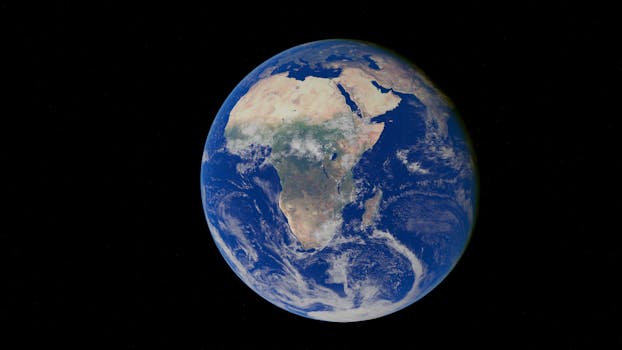
“
From Stardust to Dreams: Imagining Life Beyond the Stars
Introduction to the Cosmos and the Quest for Life
From Stardust to Dreams: Imagining Life Beyond the Stars, the concept of life existing elsewhere in the universe has fascinated humans for centuries. With our current understanding of space and astronomy, we can now delve deeper into the possibilities and implications of such a phenomenon. This article aims to explore the idea of life beyond Earth, discussing the theories, the search for extraterrestrial life, and what such a discovery might mean for humanity.
The Building Blocks of Life and the Universe
The universe is made up of various elements, including hydrogen, helium, and heavier elements created within the hearts of stars through nuclear fusion. These elements are the building blocks of life as we know it. The formation of stars and planets is a complex process involving the gravitational collapse of molecular clouds, leading to the creation of protostars and eventually, main-sequence stars like our Sun. The potential for life arises in the habitable zones of these stars, where conditions are suitable for liquid water to exist on planetary surfaces. For more on the creative aspects of our universe, check out Cosmic Creativity: How Imagination Soars Beyond the Constellations.
Exploring the Galaxy for Signs of Life
Several missions and projects are currently underway to explore the galaxy for signs of life. The search for extraterrestrial intelligence (SETI) uses radio telescopes to listen for signals from other civilizations, while space agencies like NASA and ESA are sending probes and telescopes into space to study the conditions on other planets and moons that could support life. For instance, the discovery of exoplanets, some of which are located in the habitable zones of their respective stars, has opened up new avenues for the search for life beyond Earth. This exploration is akin to the themes discussed in Stargazing and Storytelling: How Imagination Elevates Us Beyond the Stars.
Implications of Finding Life Beyond Earth
The discovery of life beyond Earth would have profound implications for humanity. It would challenge our current understanding of the universe and our place within it, potentially altering our philosophical, religious, and cultural perspectives. Additionally, finding life elsewhere could provide insights into the origins of life on Earth and the possibility of panspermia, the theory that life on Earth originated from elsewhere in the universe. Furthermore, the discovery could have significant scientific and technological implications, as it might provide new resources, inspire new technologies, and expand our understanding of the cosmos. For further insights into the imagination surrounding these discoveries, consider reading Galaxies of Dreams: How Imagination Transcends the Night Sky.
Conclusion and Future Directions
In conclusion, the possibility of life beyond Earth is an intriguing and complex topic that continues to captivate scientists and the public alike. As we continue to explore the universe and push the boundaries of our knowledge, we may eventually uncover evidence of life beyond our planet. The implications of such a discovery would be far-reaching, challenging our current understanding and inspiring new generations of scientists, philosophers, and explorers. Key takeaways from this exploration include the realization that the universe is vast and full of mysteries waiting to be unraveled, the importance of continued space exploration and research into the possibility of extraterrestrial life, and the potential for profound impacts on human society and our understanding of life and the cosmos.







